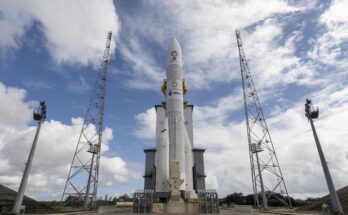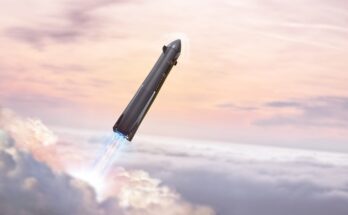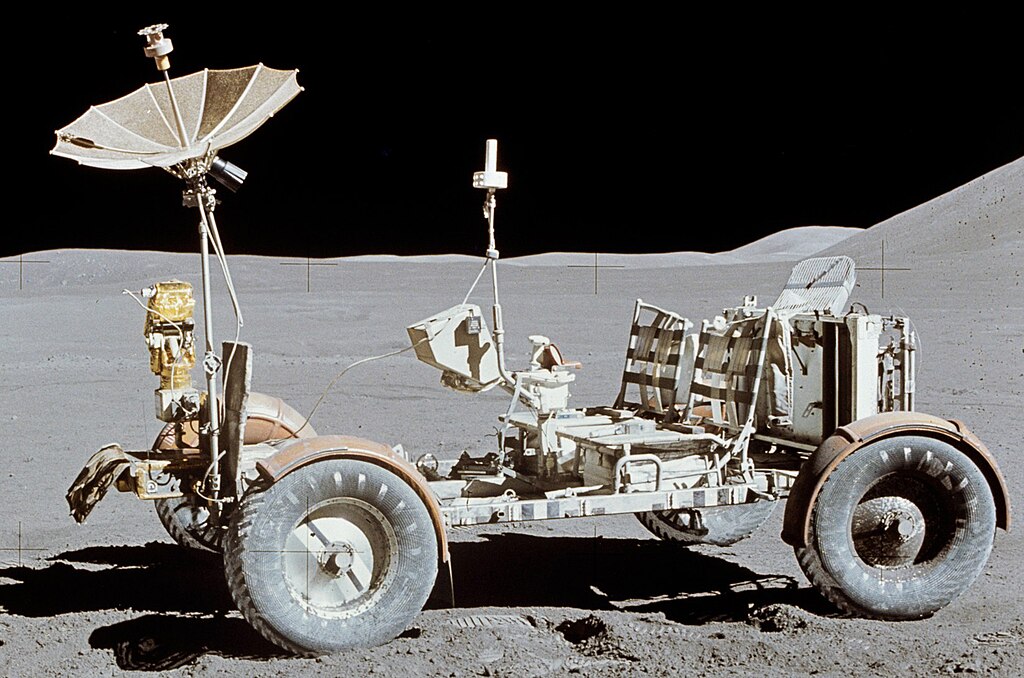
As exciting as the first landing on the moon was in 1969, another piece of excitement awaited those on Earth with the Apollo 15 mission in 1971. It was that mission that debuted the first use of the Lunar Roving Vehicle (LRV). Watching the Apollo Astronauts driving around on the moon is thrilling to this day.
The idea was pretty straightforward, Astronauts could cover more ground on the moon with a rover than hopping across the surface. As with any Space exploration program, the idea for a rover went through many iterations. From a truck that would have its own Atlas V rocket to the rovers that were used, mission requirements were changed ultimately to keep costs down. This meant that if there were to be a rover, it would need to fly with the crew on a single Atlas V.
Boeing, Bendix, Grumman, and Chrysler submitted proposals for the rover with Boeing eventually selected as the prime manufacturer by NASA with General Motors as a subcontractor. The rest is history but now, with the Artemis mission, NASA finds itself in the same position. The Artemis 5 mission will feature a new rover.
NASA has selected Intuitive Machines, Lunar Outpost, and Venturi Astrolab for proposals for the new Lunar Terrain Vehicle (LTV). The selection will take place in 2025 with Artemis 5 planned to launch at the turn of this decade. The teams are as follows:

Intuitive Machines‘ Reusable Autonomous Crewed Exploration Rover (RACER) team partners include AVL, Boeing, Michelin, and Northrop Grumman.
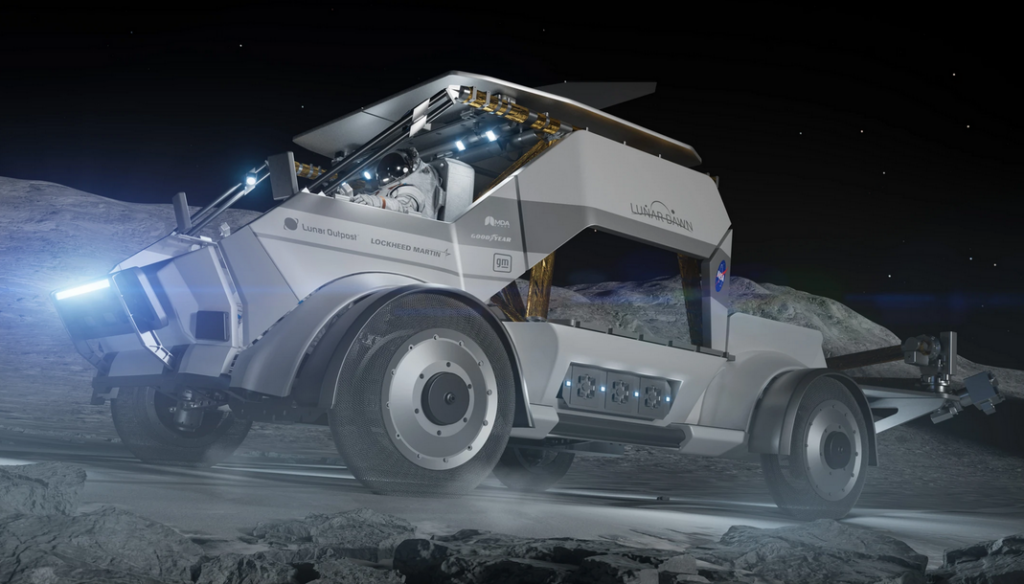
Lunar Outpost leads the Lunar Dawn team along with its principal partner Lockheed Martin and teammates General Motors, The Goodyear Tire & Rubber Company, and MDA Space.
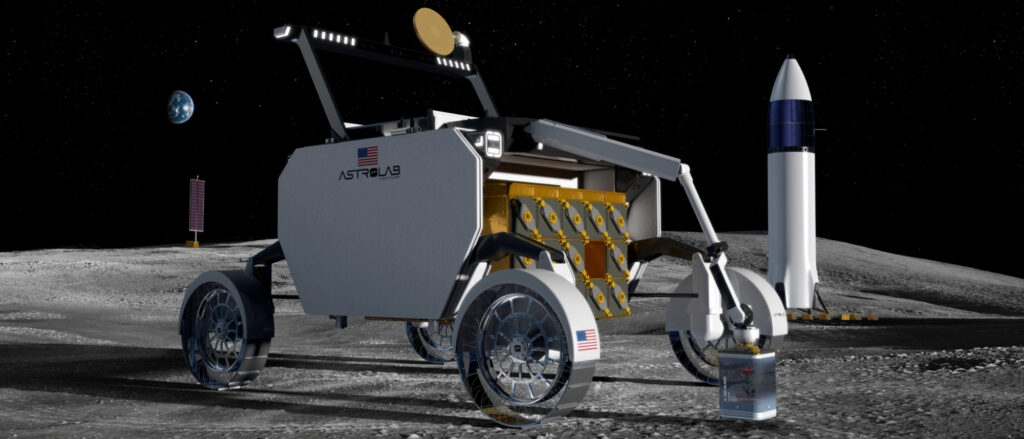
Astrolab is developing Flexible Logistics and Exploration (FLEX) rover in partnership with Axiom Space and Odyssey Space Research.
The next chapter of lunar exploration is around the corner. Artemis 3, with a planned launch in 2026, will be the first to return Astronauts to the moon. The three rovers from the Apollo program remain on the lunar surface to this day.
Carter Palmer has long held a keen interest in military matters and aviation. As a FI's space systems analyst he is responsible for updating the reports and analyses within the Space Systems Forecast – Launch Vehicles & Manned Platforms and Space Systems Forecast – Satellites & Spacecraft products.


